Anxiety Is Common
The different types of anxiety disorders come in many different forms. And just because you have experienced anxiety does not mean you have an anxiety disorder.
Anxiety is a normal reaction to danger and can serve as part of our internal warning system. Some anxiety can be helpful to serve as motivation to study for an exam or prepare for a presentation.
Anxiety is considered a disorder when it interferes with your daily functioning. If you have gotten into the pattern of avoidance or experiencing significant symptoms and discomfort throughout your day and life overall, then you may have an anxiety disorder.
"Approximately 18% of adults (18 and older) in the United States suffer from an anxiety disorder in any given year (Kessler, Chiu, Delmer, & Walters, 2005)."
Learn more about the difference between anxiety and anxiety disorders.
The good news is that anxiety disorders are completely treatable! The different types of anxiety disorders can require a different type of treatment, and with the proper help (this can include a therapist/counselor and educating yourself on anxiety) you can get to a point where anxiety no longer controls your life.
Let’s get into the 6 types of anxiety disorders.
Table Of Contents:

Generalized Anxiety Disorder
Generalized anxiety disorder is “excessive anxiety and worry (apprehensive expectation), occurring more days than not for at least 6 months, about a number of events or activities.” (DSM-5, American Psychiatric Association)
These constant worries can result in any of the following symptoms:
- Overthinking
- Difficulty relaxing
- Irritability
- Difficulty concentrating or having your mind going blank
- Muscle tension
- Difficulty sleeping or feeling tired all of the time.
This type of anxiety disorder can affect your day to day activities and make it more difficult for you to be present or feel comfortable on a regular basis.
Generalized anxiety can be a result of chronic stress or worry, and it can feel difficult to stop or control the worrying. Generalized anxiety is treatable with therapy or self-help. One of the most effective treatments is a combination of Cognitive Behavioral Therapy and Mindfulness.
Free Masterclass
Panic Disorder
Panic disorder is a type of anxiety disorder in which you have experienced at least one panic attack. A panic attack is “an abrupt surge of intense fear or intense discomfort that reaches a peak within minutes.” (DSM-5, American Psychiatric Association) Some common symptoms experienced during a panic attack can include:
- Pounding or accelerated heart rate
- Sweating
- Shaking
- Shortness of breath or difficulty breathing
- Feeling dizzy or light-headed
- Numbness or tingling
- Fear of losing control, going crazy, or dying
Panic attacks can be scary and uncomfortable experiences. But, experiencing panic attacks alone does not mean you have panic disorder. Panic disorder occurs when you fear or worry about having another panic attack. You may even avoid situations because you fear having another panic attack.
As a result, this fear of experiencing another panic attack can negatively impact your life. Panic disorder is treatable by learning how to face and cope with panic attacks and understand your triggers so that the fear of panic no longer rules your life.
Cognitive behavioral therapy is an effective treatment for panic disorder.
Specific Phobias
Phobias are a significant fear or anxiety about a specific object or situation. Some common examples of phobias include:
- Flying
- Heights
- Dogs
- Spiders
- Driving
- Receiving an injection or seeing blood
When you have a specific phobia, you will probably either actively avoid the feared object or situation, or you will endure it with significant distress. People with phobias often understand that the fear is excessive, but still experience difficulty decreasing the fear.
People with specific phobias do not often worry about them outside of experiencing or anticipating these feared objects or situations, so as a result it may not always significantly impact your life if you are able to actively avoid it.
It is possible to face and overcome your fears. Exposure therapy (a cognitive behavioral technique) is effective at treating specific phobias.
Obsessive-Compulsive Disorder
Obsessive-compulsive disorder (OCD) is often depicted in movies and television shows as individuals with obsessive and repetitive hand-washing, or repetitive behaviors such as checking locks or meticulous organizational behaviors. (The movie “Matchstick Men” with Nicolas Cage is a good example.)
OCD is characterized by both obsessions and compulsions as dictated by the name.
Obsessions are “recurrent and persistent thoughts, urges, or images that are experienced…as intrusive and unwanted, and that in most individuals cause marked anxiety or distress.” (DSM-5, American Psychiatric Association) In order to decrease the anxiety experienced by these obsessive, intrusive thoughts, individuals with OCD develop compulsions in order to calm the anxiety. Some examples of obsessions include:
- Fear of germ contamination
- Fixation on certain numbers and/or colors being correct or incorrect
- Fear that you might harm yourself or someone you love
- Fear about your sexual orientation or relationship
- Fearing letting go of sentimental objects (hoarding)
- Fear of contracting an illness
- Fear of losing or forgetting something important
Compulsions are “repetitive behaviors or mental acts that the individual feels driven to perform in response to an obsession or according to rules that must be applied rigidly.” (DSM-5, American Psychiatric Association) These behaviors are supposed to decrease anxiety, however they are not always connected realistically with what you may be trying to prevent, or are excessive in nature. Examples of compulsions include:
- Hand washing
- Checking (locks, stove, etc.)
- Praying
- Counting
- Repeating words silently
- Mental rehashing or other mental checking behaviors that are not overtly visible, such as in Pure OCD (A type of OCD.)
OCD can be time-consuming or involve daily distress. Treatment is possible through the use of Mindfulness and Exposure and Response Prevention.
Post-Traumatic Stress Disorder
Post-traumatic stress disorder (PTSD) was previously classified as one of the types of anxiety disorders but is now considered a “Trauma- and Stressor-Related Disorder” in the new diagnostic criteria manual (DSM-5, American Psychiatric Association). I am including this disorder here because many of the symptoms are anxiety-related.
PTSD occurs after exposure to “actual or threatened death, serious injury, or sexual violence.” (DSM-5, American Psychiatric Association). There are some short-term reactions to trauma that are completely normal, and PTSD is present when certain symptoms have been present for a longer period of time (more than 1 month).
PTSD is characterized by four different types of symptoms:
- Intrusive symptoms such as recurrent memories, dreams/nightmares, flashbacks, or distress in response to reminders of the trauma.
- Avoidance of stimuli associated with the traumatic event, including places, situations, thoughts, feelings, conversations, etc.
- Negative thoughts or mood associated with the trauma, such as difficulty remembering important aspects, negative beliefs about yourself or the world, self-blame, feeling detached from others, or difficulty experiencing positive emotions.
- Increased reactivity associated with the trauma, such as irritable behaviors or angry outbursts, being easily startled, looking out for danger, self-destructive behavior, or problems with concentration or sleep.
PTSD can have significant impacts on your daily life and functioning and treatment can be extremely beneficial as well as effective. Some effective treatments for PTSD include: Prolonged Exposure Therapy, Cognitive Processing Therapy, and EMDR.
Relief Is Possible
I hope you found this list of the 6 types of anxiety disorders helpful. Remember: relief is possible through seeking proper support.
Going to therapy is often the top-line of treatment, along with obtaining an evaluation from a psychiatrist to see if medication is right for you if therapy alone is not sufficient.
It is important to educate yourself so you can overcome and cope with anxiety!
Disclaimer: This article is not meant to diagnose or treat any mental health disorder. Please seek the advice of a mental health professional if you are in need of professional guidance and support.
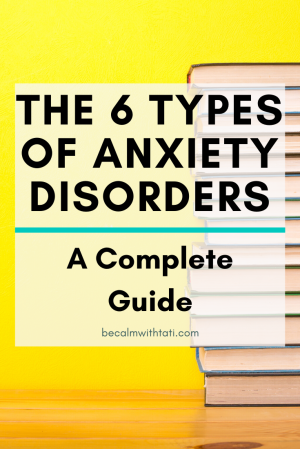

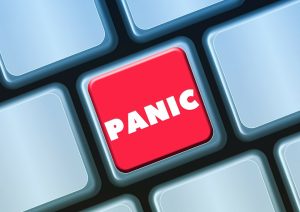





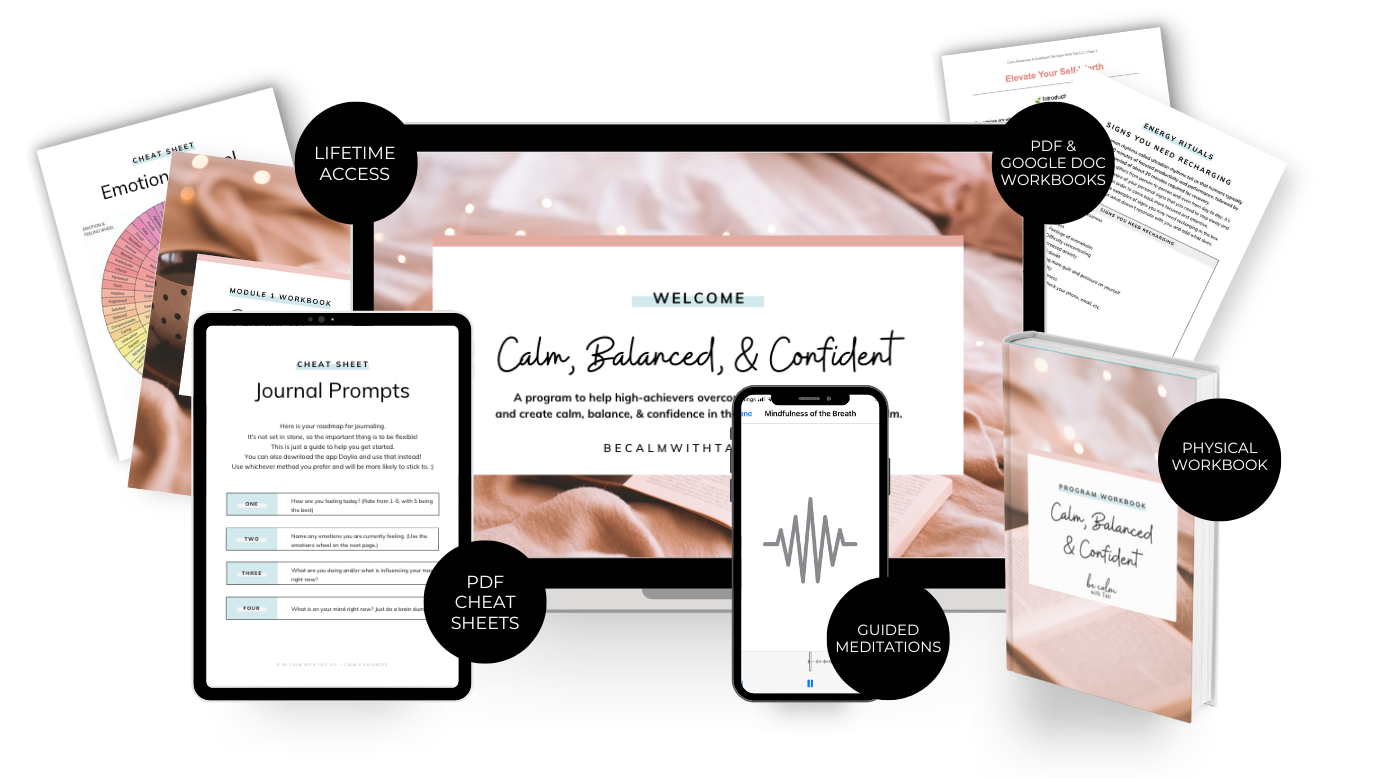
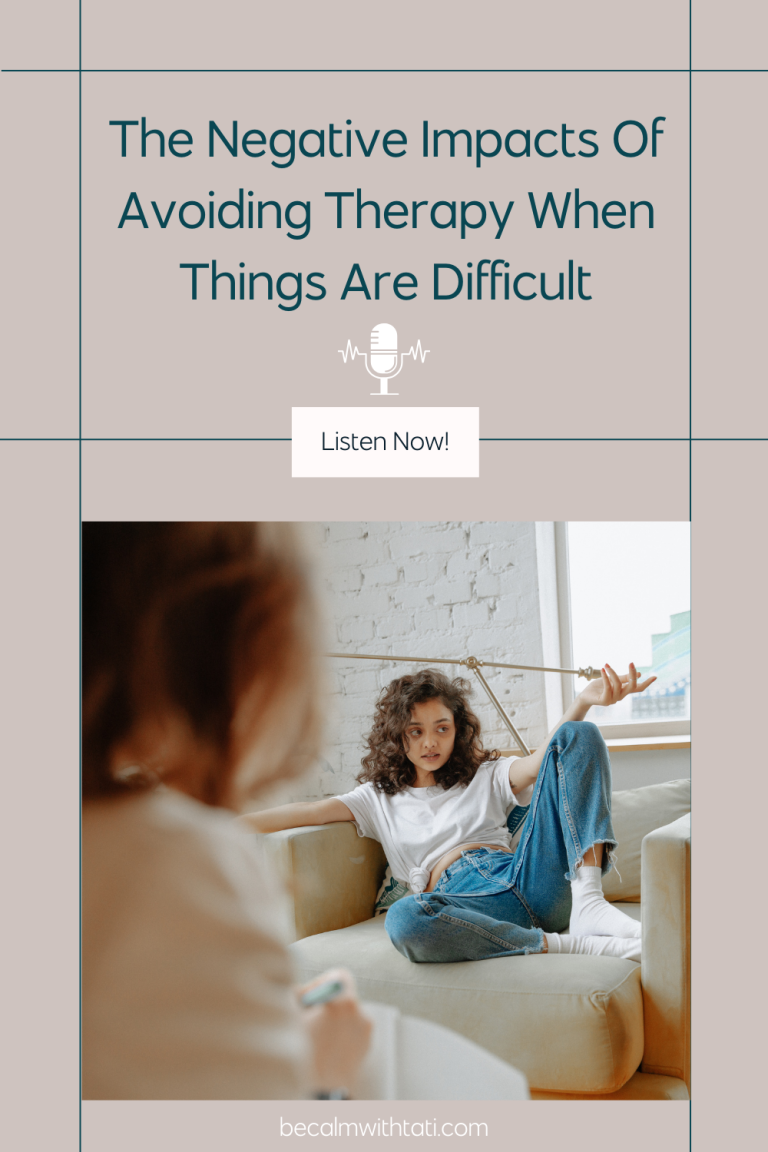

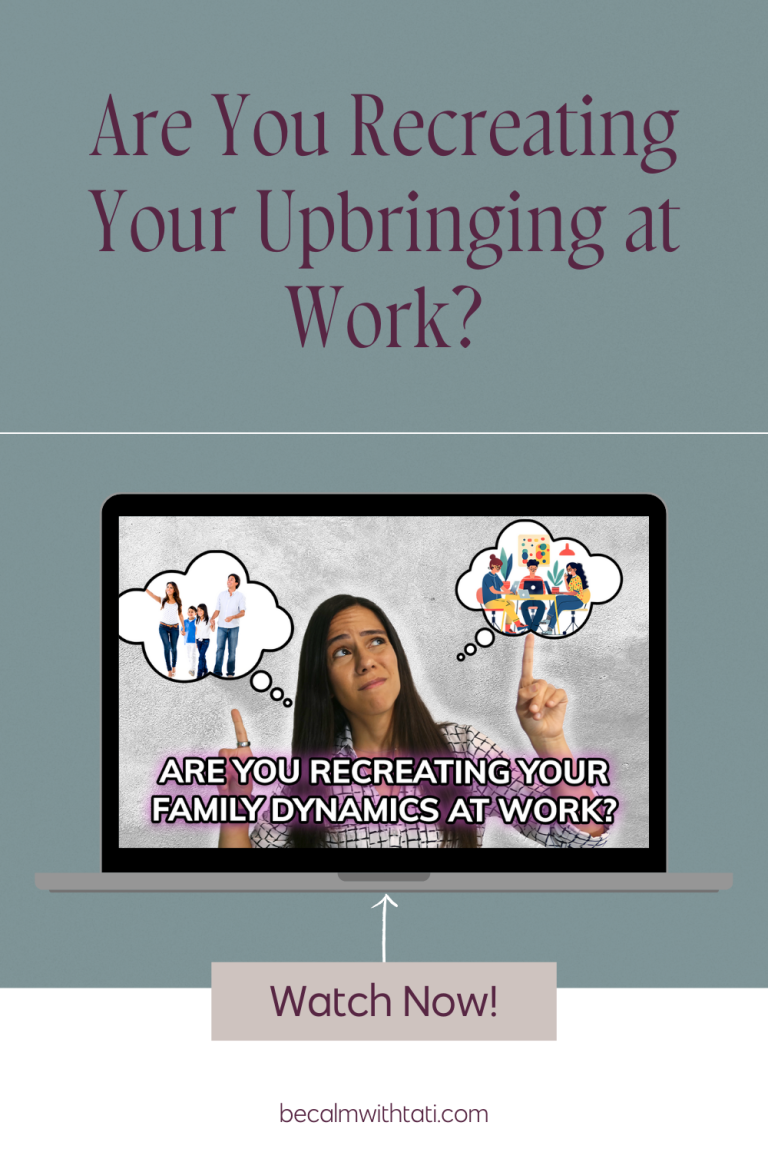
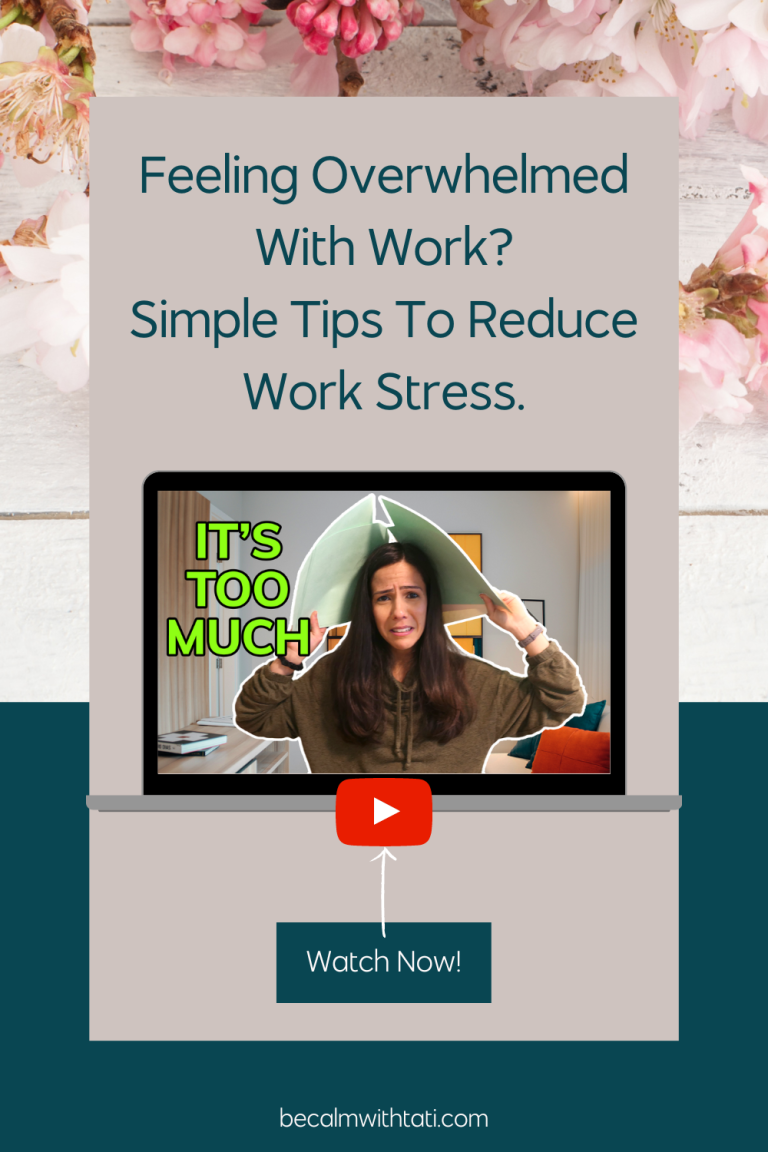




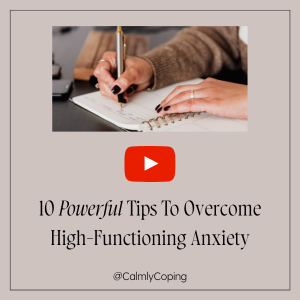
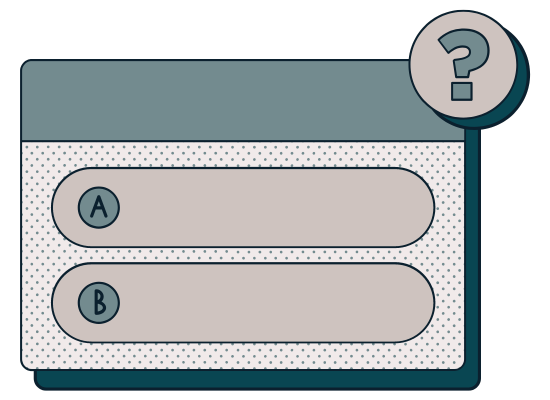
Social Anxiety Disorder
Social anxiety disorder (also called social phobia) is a fear of being negatively evaluated by others in social situations. Some examples of feared social situations include meeting new people, being observed eating or drinking, or performing in front of others.
When you have social anxiety, you often fear that you will look or behave in a way that will show your anxiety, embarrassment, or will lead to judgment or rejection. As a result, you may avoid social situations and/or feel fear, nervousness, and anxiety before social situations.
In addition, you may experience significant anticipatory anxiety before social events or feared social situations. You may also make education or career choices to avoid certain situations that may provoke more social anxiety (e.g., taking online classes).
Some common scenarios people with social anxiety may avoid include:
Social anxiety is treatable using a combination of Cognitive Behavioral Therapy and Exposure Therapy techniques.